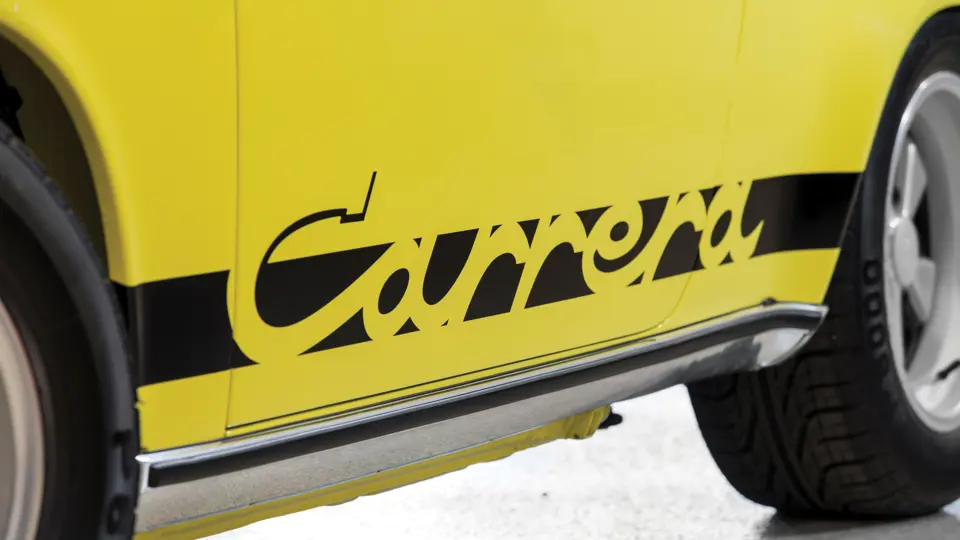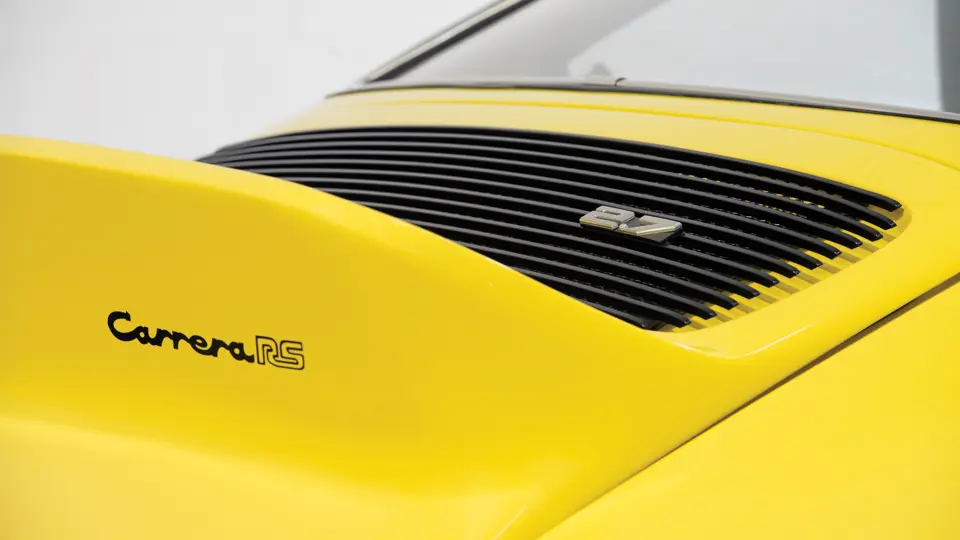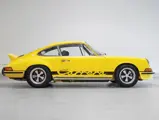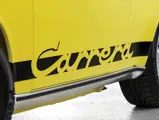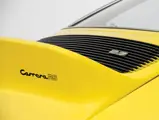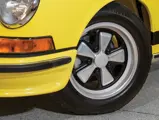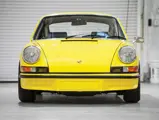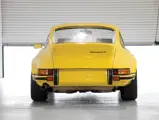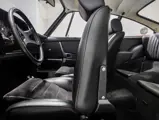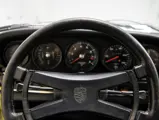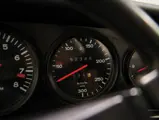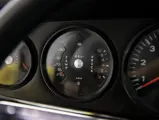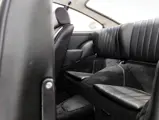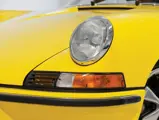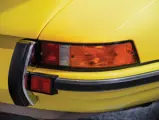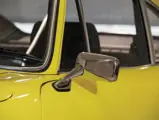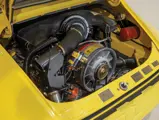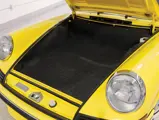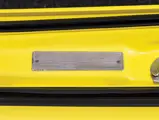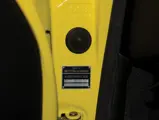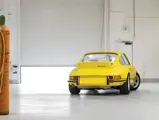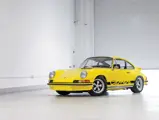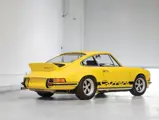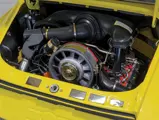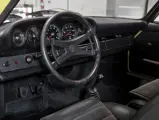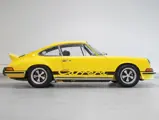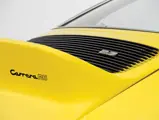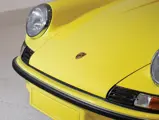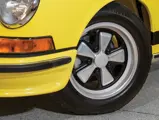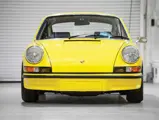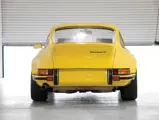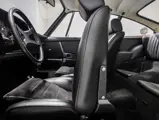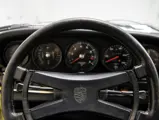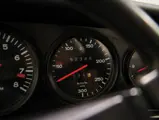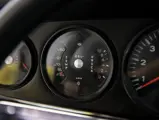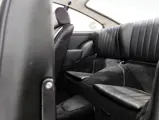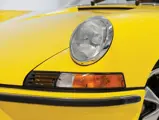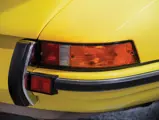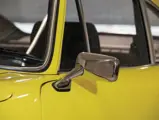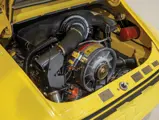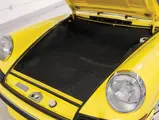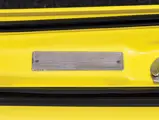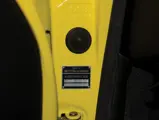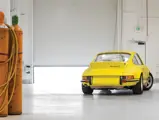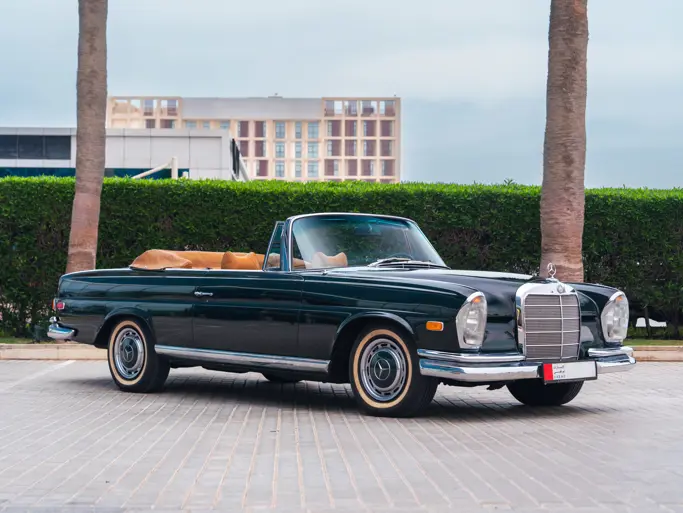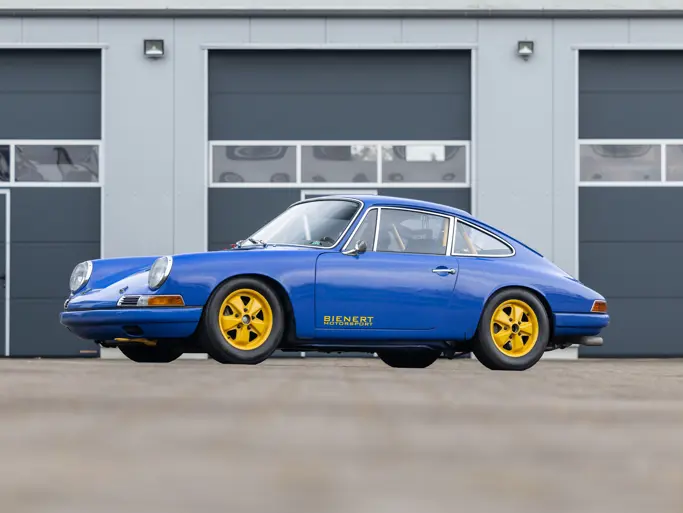210 bhp, 2,681 cc SOHC air-cooled horizontally opposed six-cylinder engine with Bosch mechanical fuel injection, five-speed manual transmission, independent front suspension with Bilstein gas-pressurized shock absorbers, torsion bar rear suspension with Bilstein gas-pressurized shock absorbers and anti-roll bar, and four-wheel ventilated disc brakes. Wheelbase: 89.3 in.
Nothing declares “Porsche!” more than the sight of a duck-tailed 1973 Carrera RS. It is no wonder that this design has become so widely imitated by the Porsche community. The RS was born after Porsche’s hugely successful 917 prototypes were legislated out of existence. Porsche, ever mindful that racing is a great marketing tool, took aim at the Group 3 and Group 4 production-car categories to help boost sales of the 911. Essentially working backwards, Porsche’s engineers laid out what they would need to race a full-on RSR in Group 4. First, Porsche needed to build at least 500 cars within a 12-month period with a 2.7-liter engine to qualify for Group 4. The bore was increased to 90 millimeters with low-friction Nikasil-coated cylinders, and the model was designated the 911 Carrera RS. With Bosch mechanical fuel injection, this 2.7-liter motor developed a very respectable 210 horsepower at 6,300 rpm, 20 horses more than the standard 911 S.
Porsche’s racing engineers installed this new engine in a 911 shell, which had been modified to accept wider wheels and tires, most notably with widened rear quarter panels, a fiberglass front valance with lip spoiler and provision for an additional front oil cooler. A small “ducktail” spoiler was added to the engine cover, which had been shown to greatly reduce rear-end lift at higher speeds. Customers could choose between two performance options: M472 “Touring,” which retained most of the normal road-going amenities of the 2.4 911 S, or M471, the lightweight racing-oriented “Sport.” Stylist Tony Lapine devised an unusual new “negative” Carrera graphic for the car’s flanks after examining black-and-white film negatives in his office.
Company management initially doubted that the special new model would appeal to the public, but was shocked to see the entire first run sell out almost immediately. A second 500-car run followed, and then a third, in spite of the company raising the price each time. At the end, a total of 1,525 units were sold. Today, the Carrera RS 2.7 is high on the list of every Porsche collector.
This beautiful late-series German-specification RS Touring was completed in May of 1973 and delivered to its first owner the following month. According to Gruber/Konradsheim’s comprehensive history of the RS, the car carried a shipping code of “5,” meaning it was collected by the dealer or customer at the Works and was not waxed prior to delivery. This car was fitted with just two options: the M472 “Touring” package, and M440, which specified a radio speaker and antenna.
Details of its early ownership history are scant, but it is thought to have been rallied in the Netherlands early in its life. The car eventually made its way to the United States and passed through the hands of several prominent collectors. In January 1991, it was purchased from an enthusiast in the Southwest by Jerry and Arnette Schouten, a Colorado couple deeply involved in Porsche Club of America activities. Not long afterward, its original engine developed problems relating to the crankcase, and a new un-numbered replacement was sourced from Stoddard. The original case number was stamped on the fresh casting. Jerry, as well as Arnette, drove this RS in the first PCA Club race, and it was driven regularly in other PCA and Vintage Car Club track events.
The Schoutens embarked on a comprehensive restoration of this car in 2008, planning to complete and then sell the car to help finance their retirement. Jerry and his friend and noted Porsche specialist Steve Rowe of Rowe Performance in Englewood, Colorado, carefully disassembled the car in Jerry’s heated garage. The stripped shell was then taken to Bob Raub at 3R Automotive/3R Racing in Englewood, where the body was placed into a rotisserie and stripped to bare metal for body prep and paint. It was found to be in very good condition and largely rust-free. Rowe recalls that Jerry methodically acquired many OEM pieces from Porsche specific to the RS that are no longer available today.
A new interior was crafted and installed by Auto Weave Upholstery in Denver. In 2013, while the mechanical work was underway, Jerry passed away after a club racing accident. His wife decided to have the restoration finished as her late husband had desired. Rowe found that the original magnesium transaxle case had been “bottomed” over its life to the point that the original type and number stampings were no longer visible. It also showed signs of corrosion from contact with steel fasteners. He secured another 1973 case in excellent cosmetic condition, rebuilt it, and installed it with the rebuilt engine, for which he obtained correct OEM Mahle pistons and cylinders. The project, which generated receipts totaling about $200,000, was completed in the summer of 2015.
Today, this beautiful RS 2.7 Touring is offered in its original color scheme of Light Yellow (6262), with a black leatherette and corduroy (12) interior. The factory seats were replaced with deeper and more supportive sport seats, which were reupholstered in black leatherette with matching corduroy center panels. The car has been driven fewer than 50 miles since the restoration was completed.
While nice examples of the RS Touring come to market on occasion, few are as well turned out and attractive as this one. Here is a great opportunity to acquire a very collectable high-performance Porsche that has been fully restored to a high standard by a marque expert and offered from long-term loving ownership.
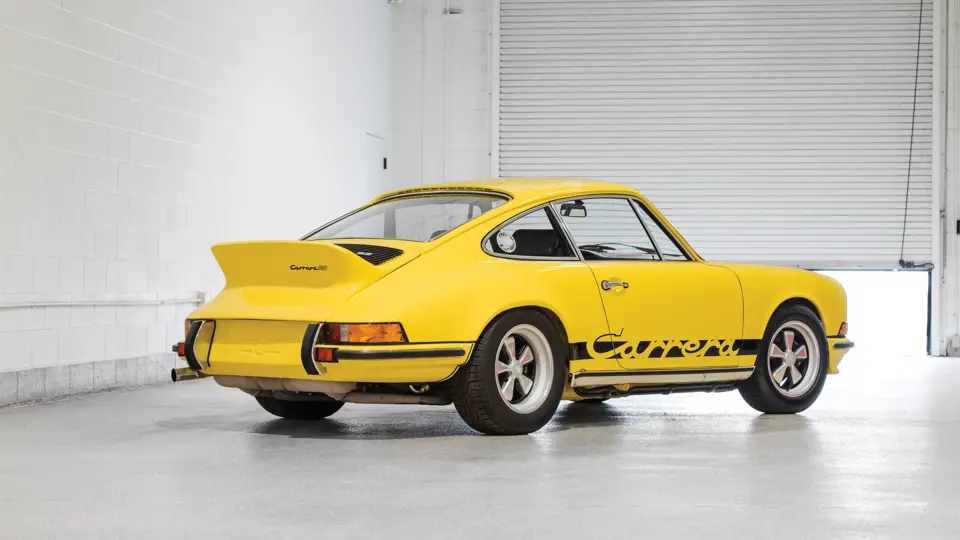
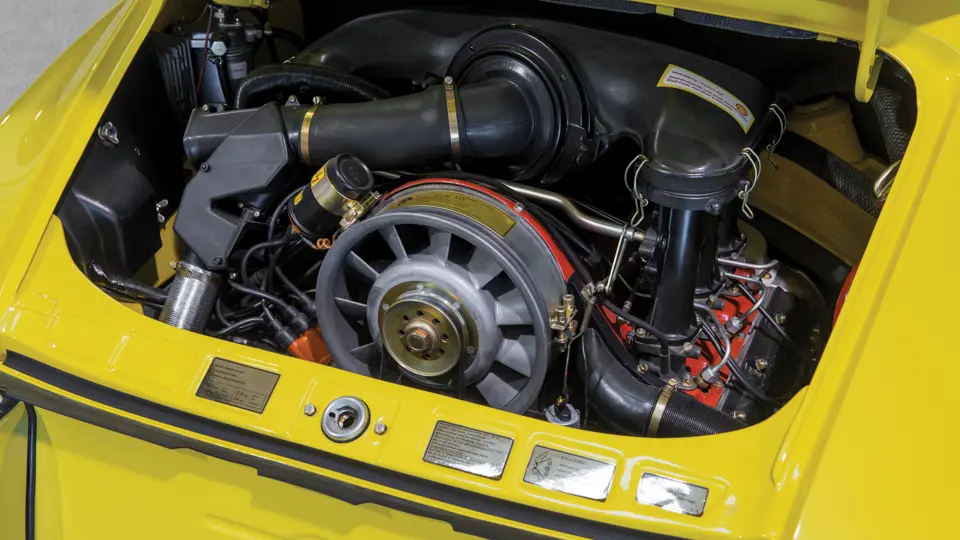
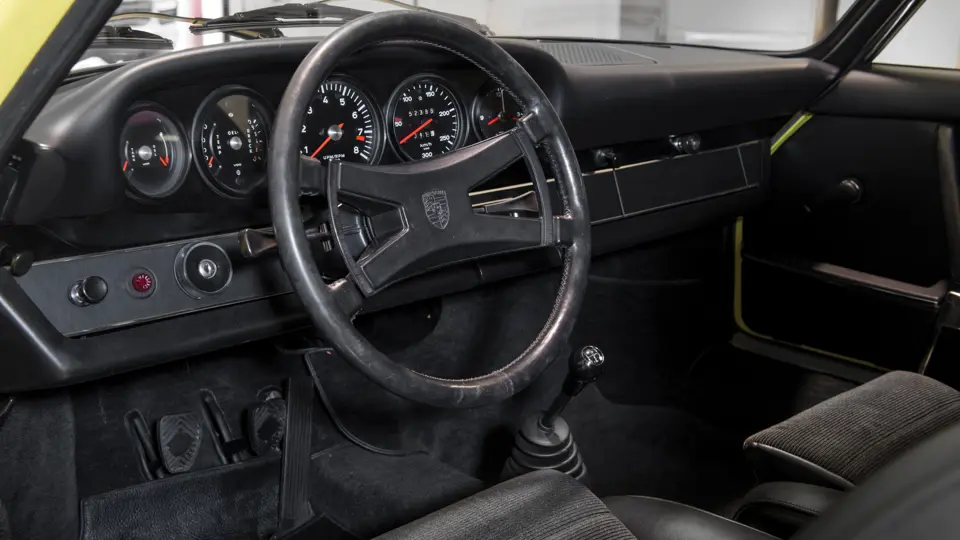


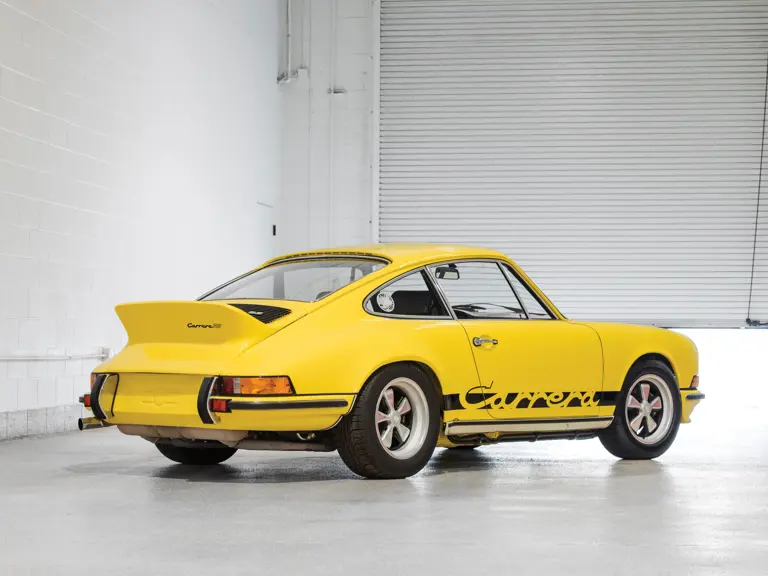
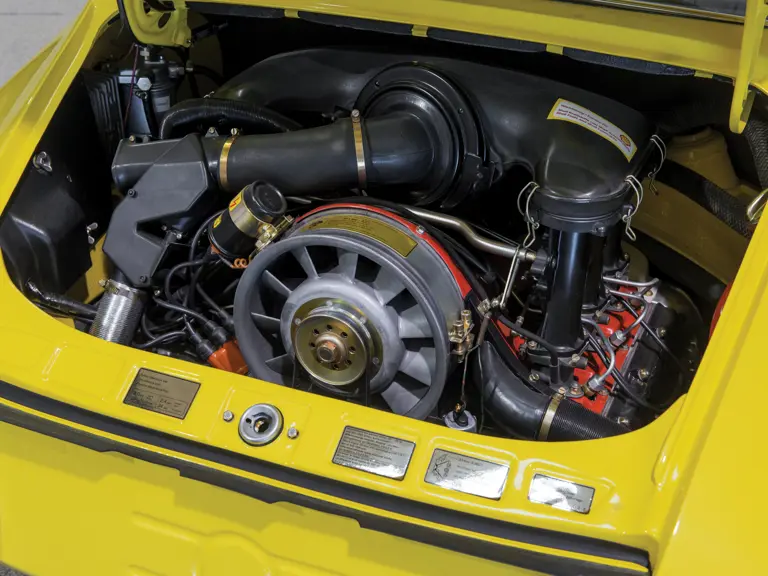
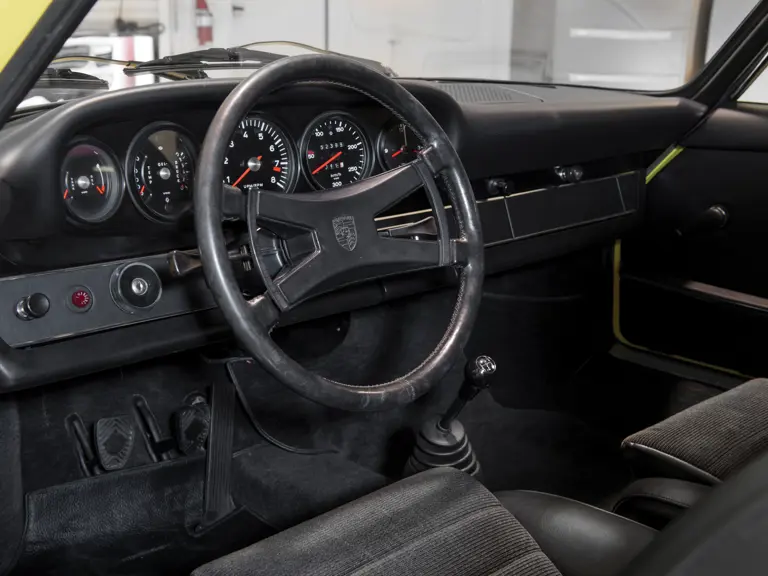
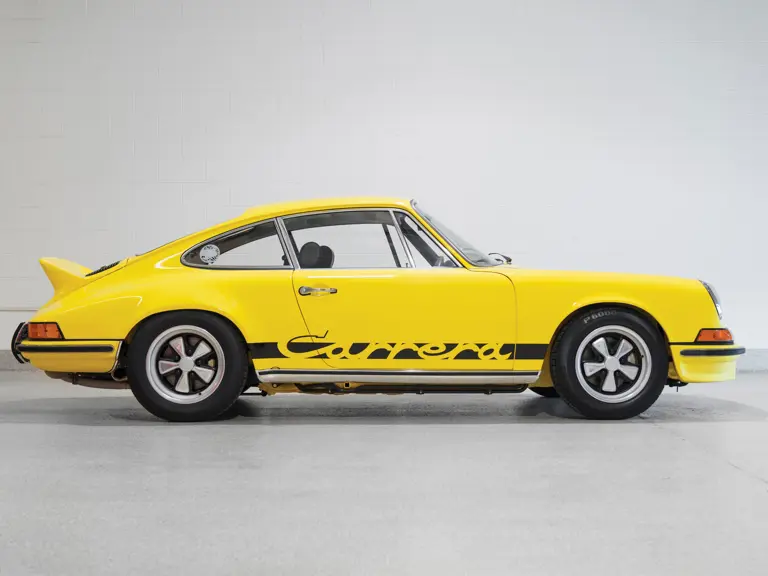

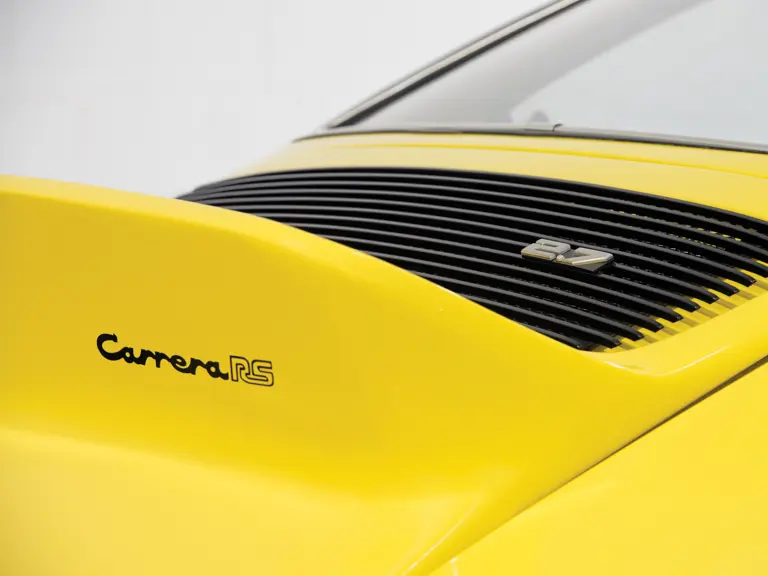
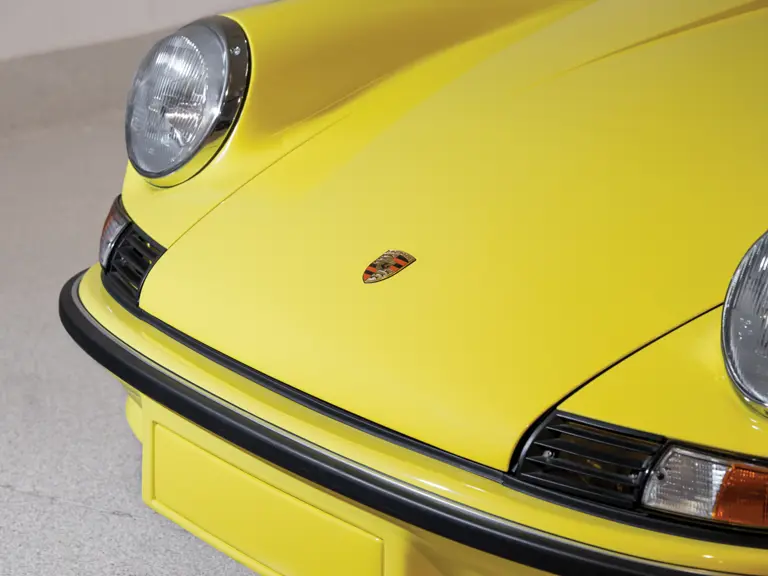
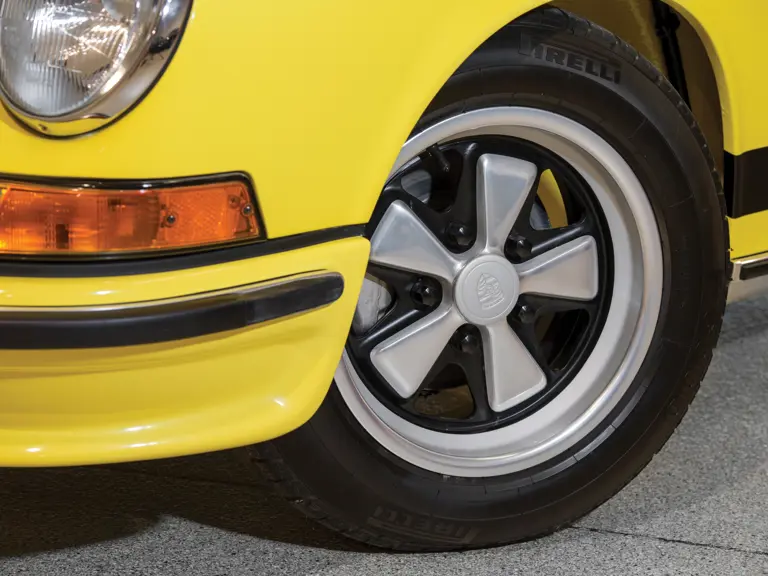
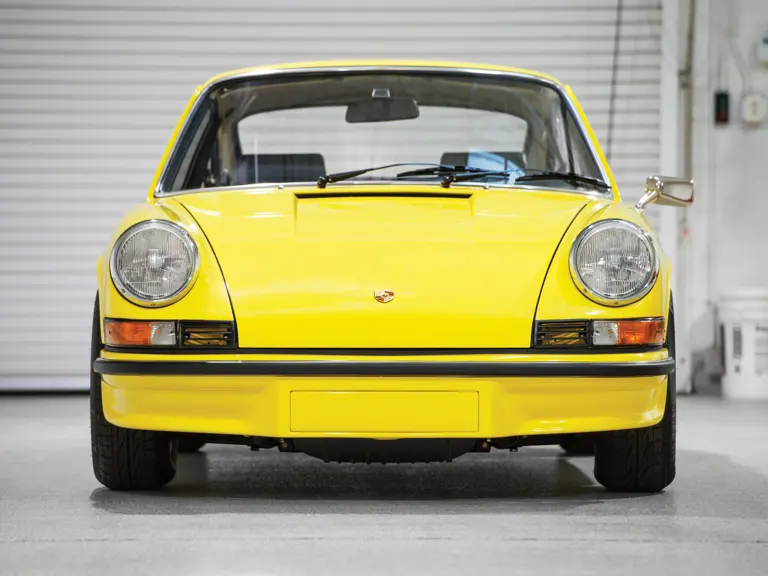
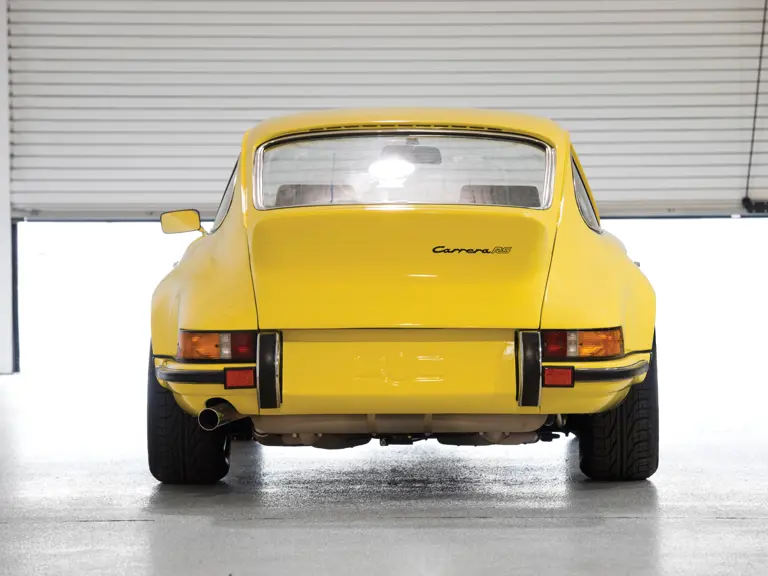

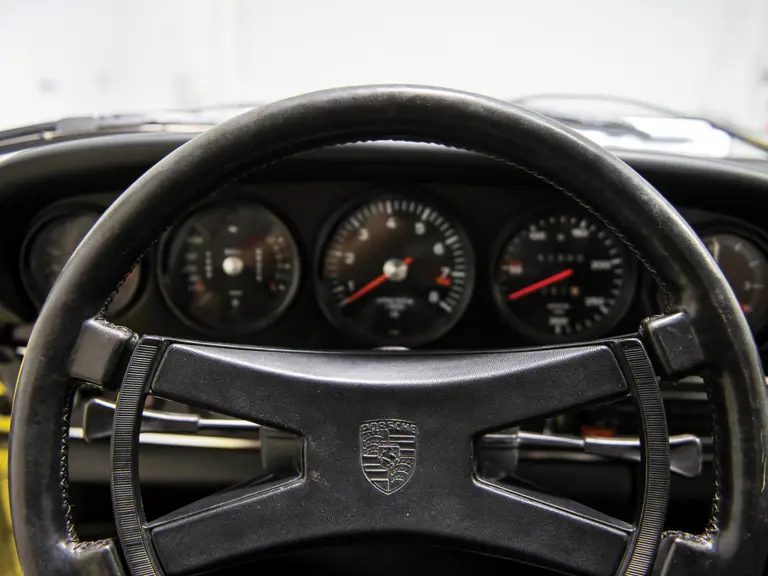
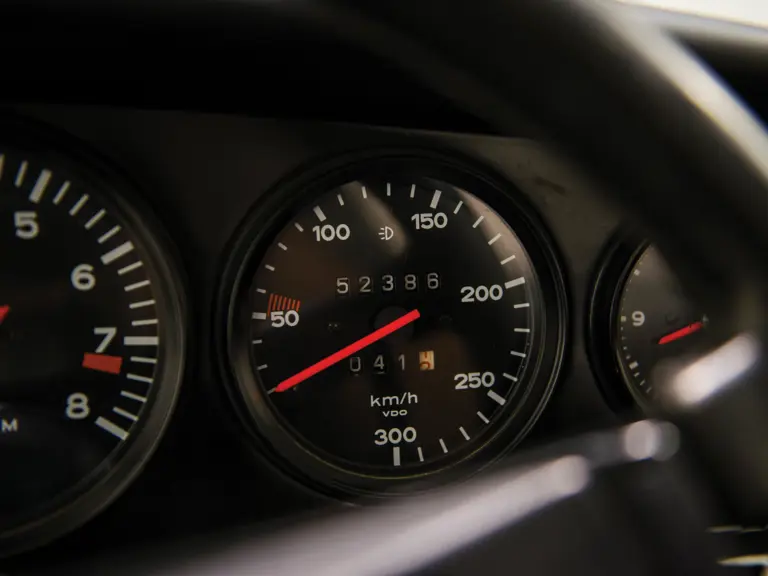
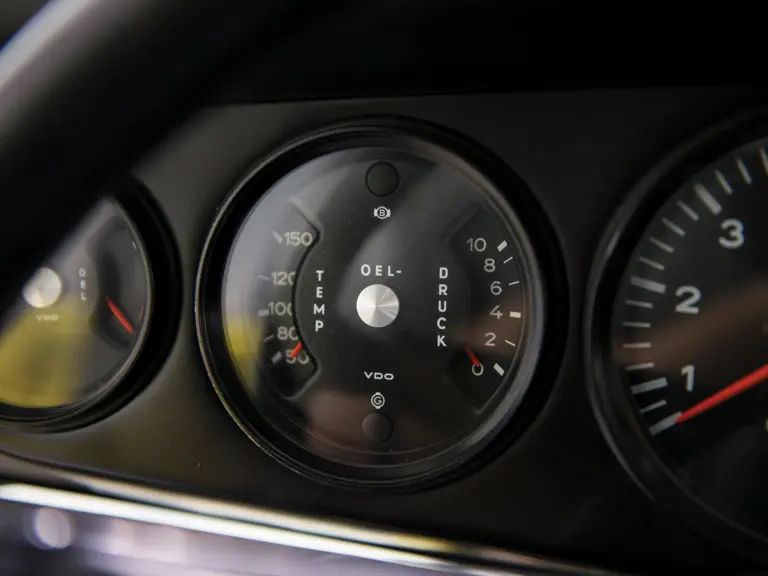
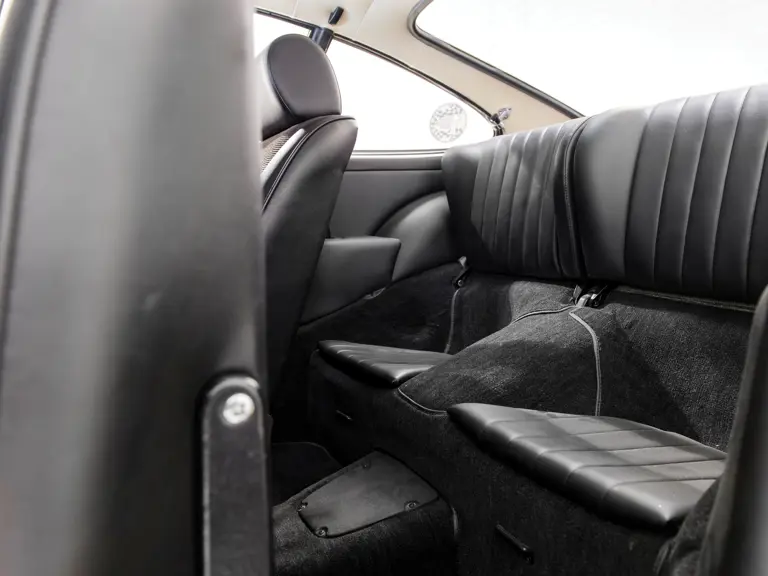


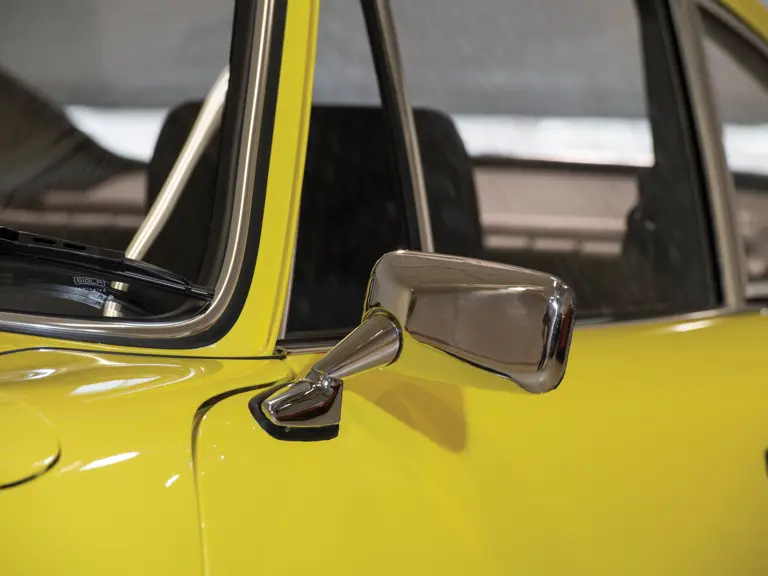

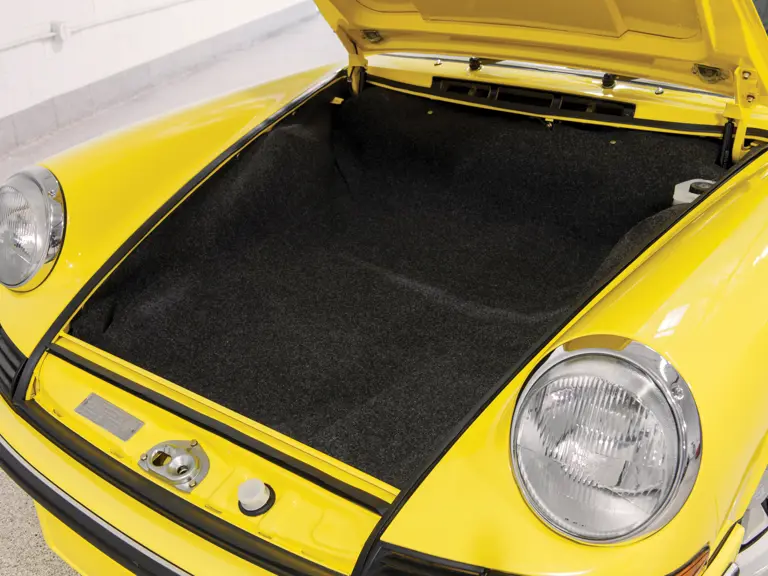

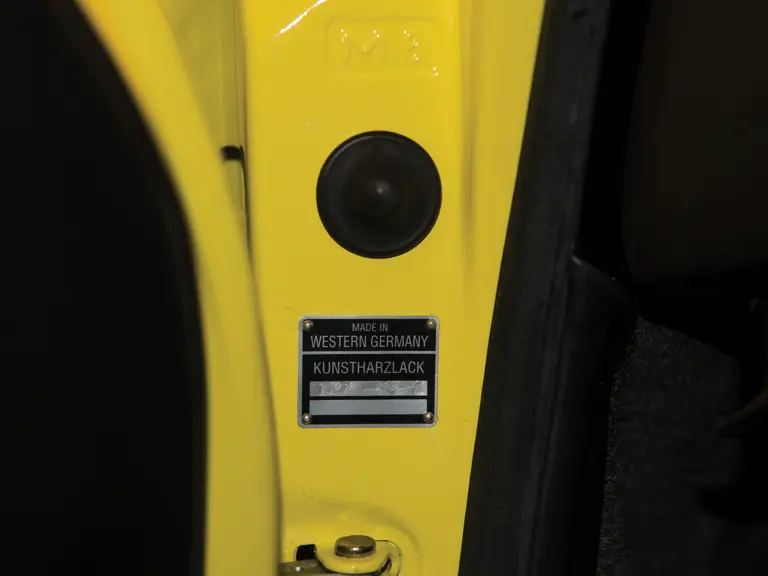
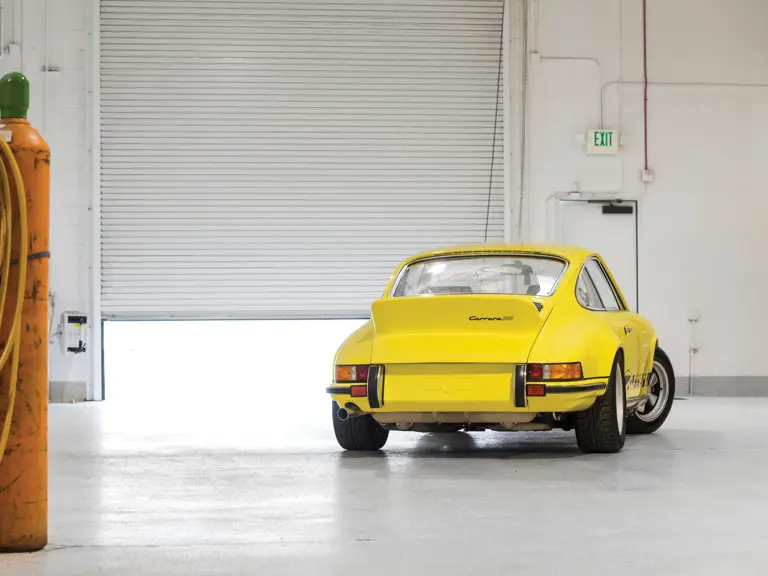
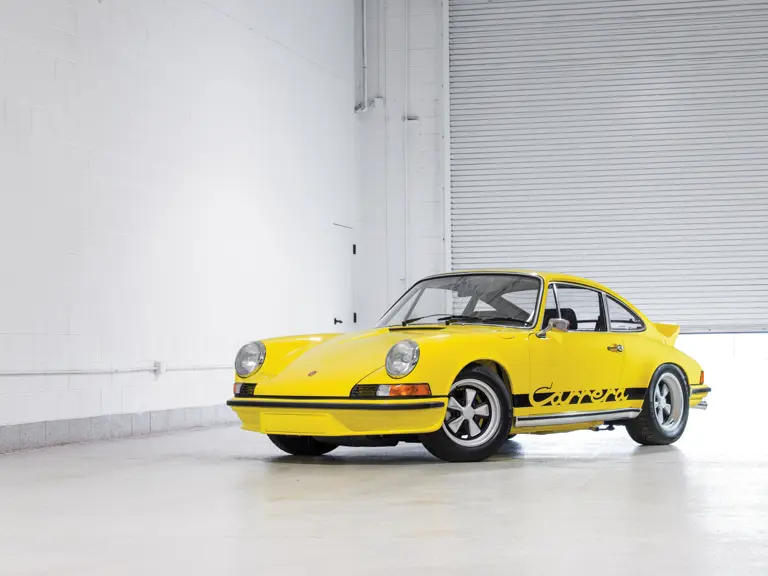
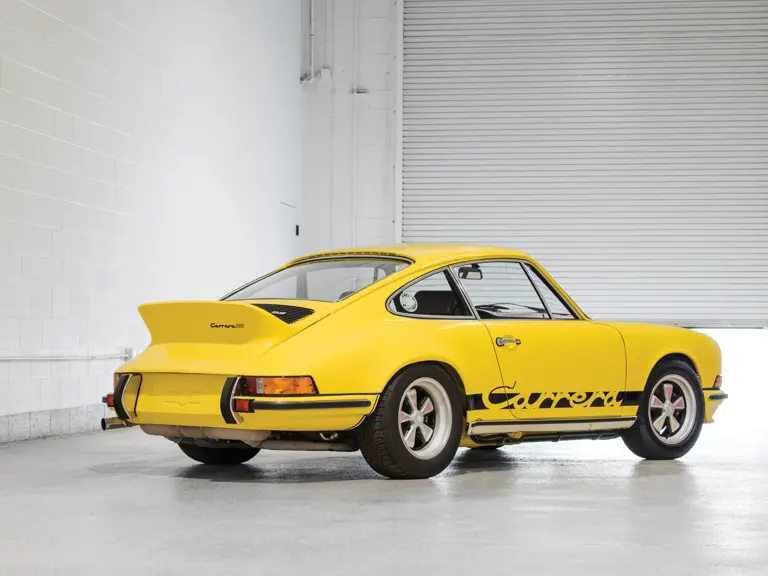
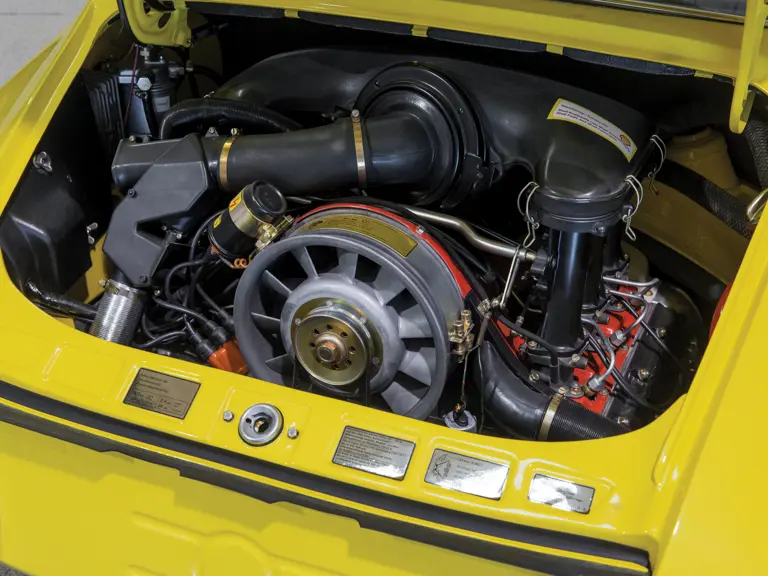
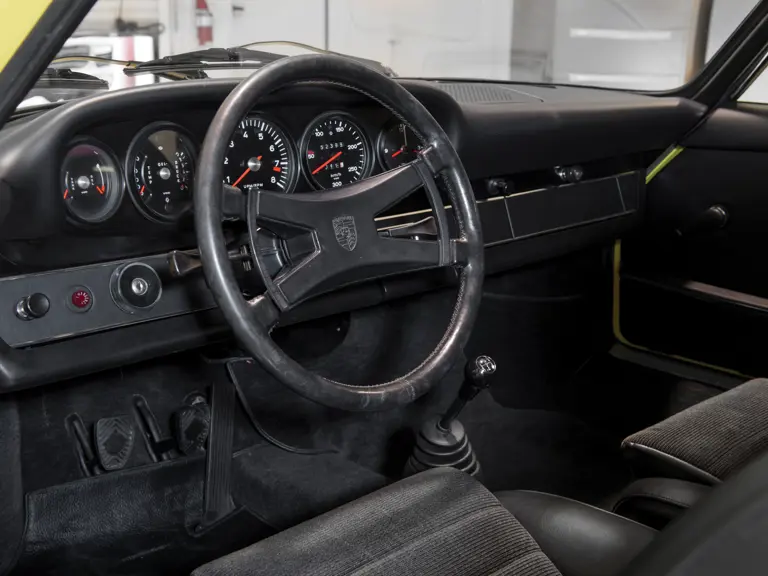
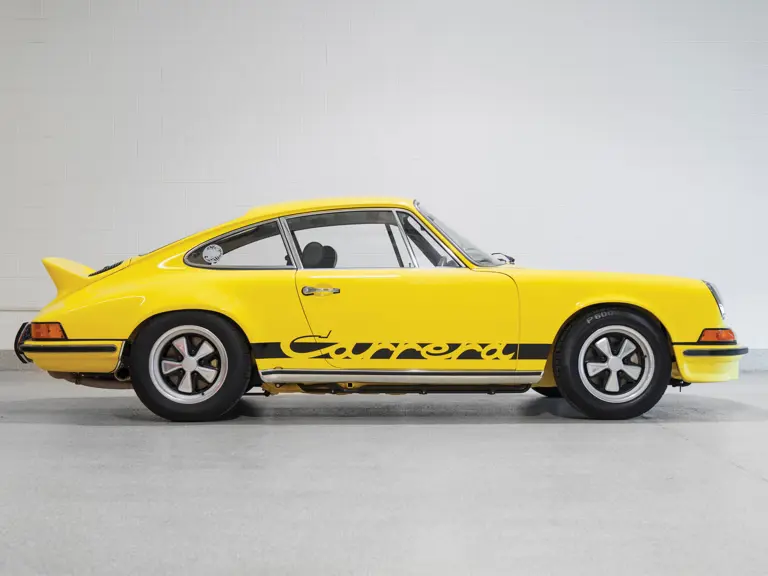
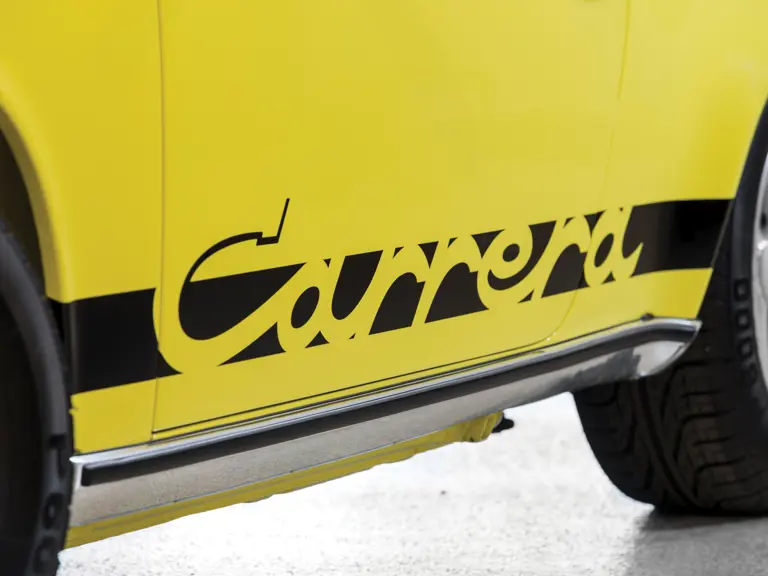
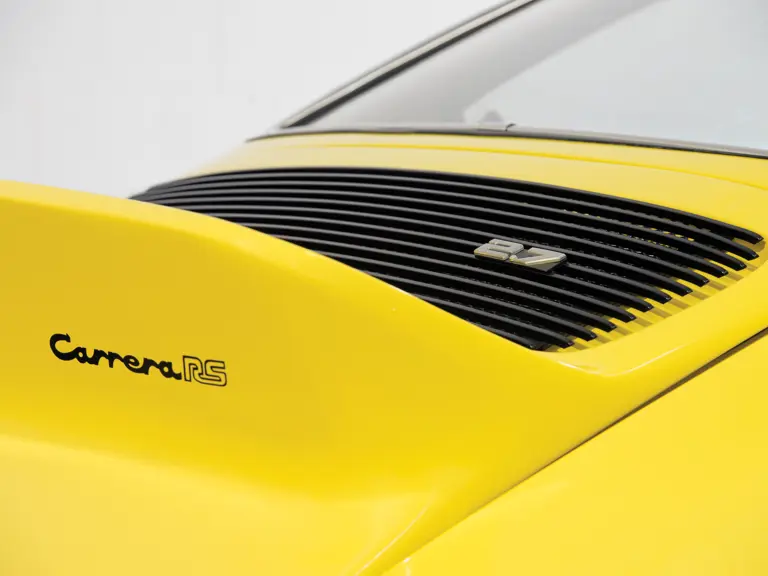
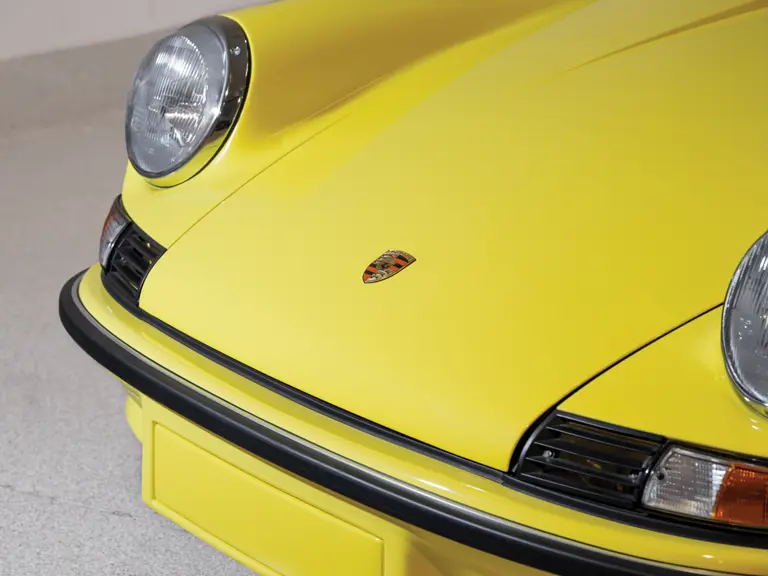
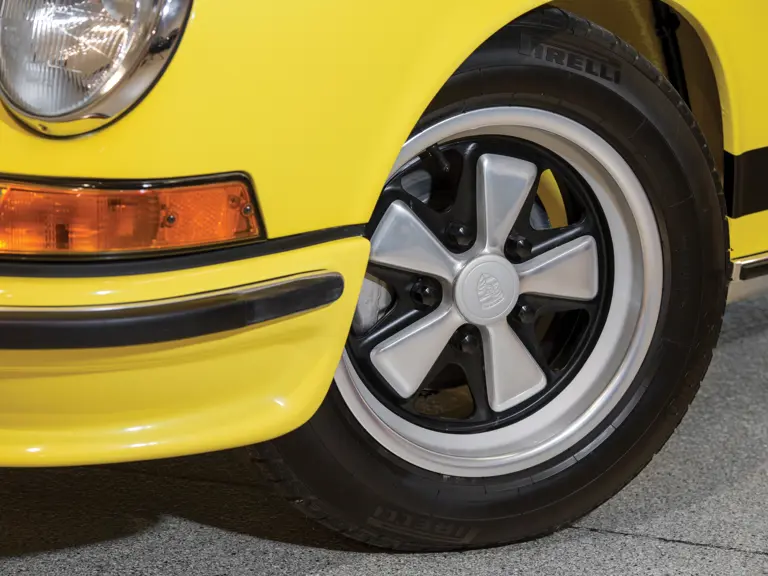
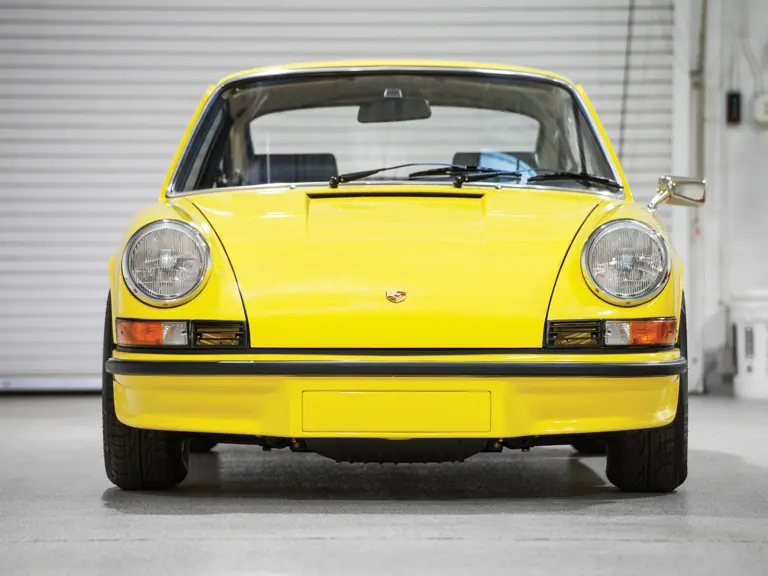
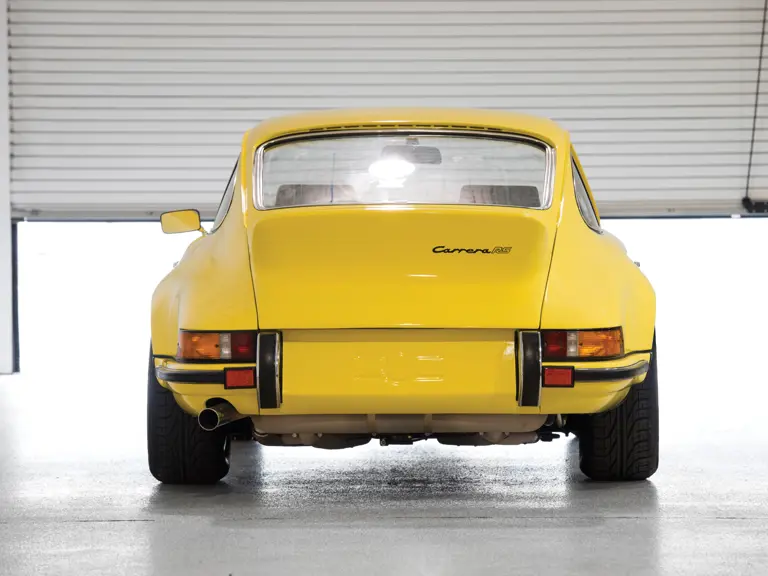
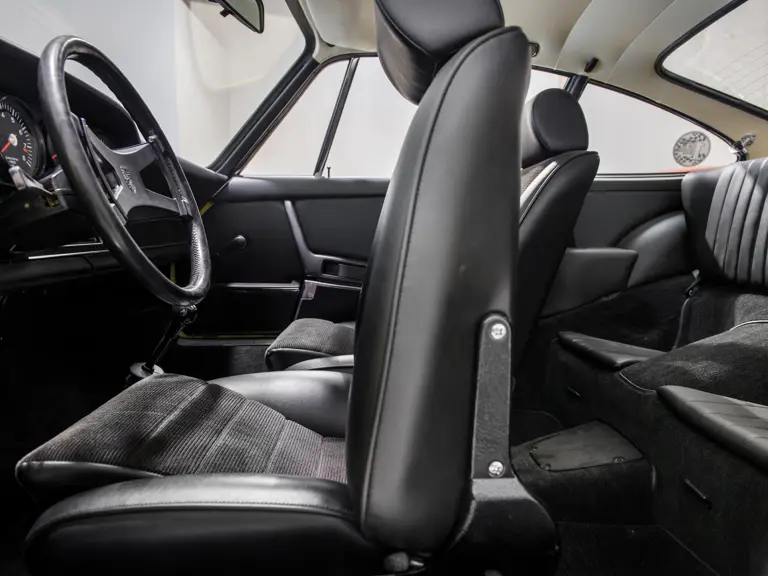
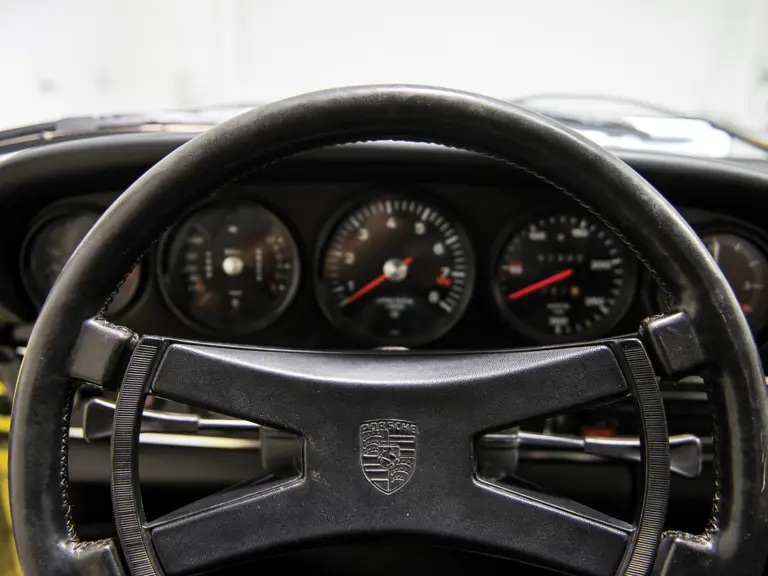


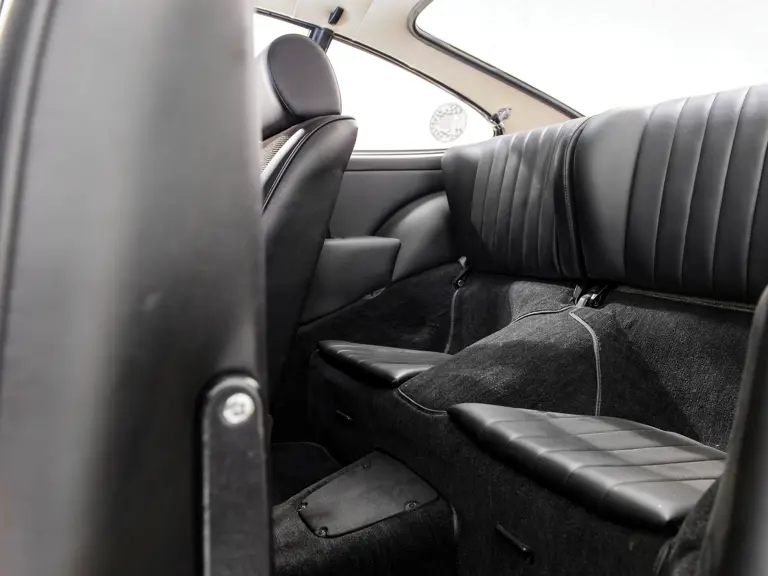
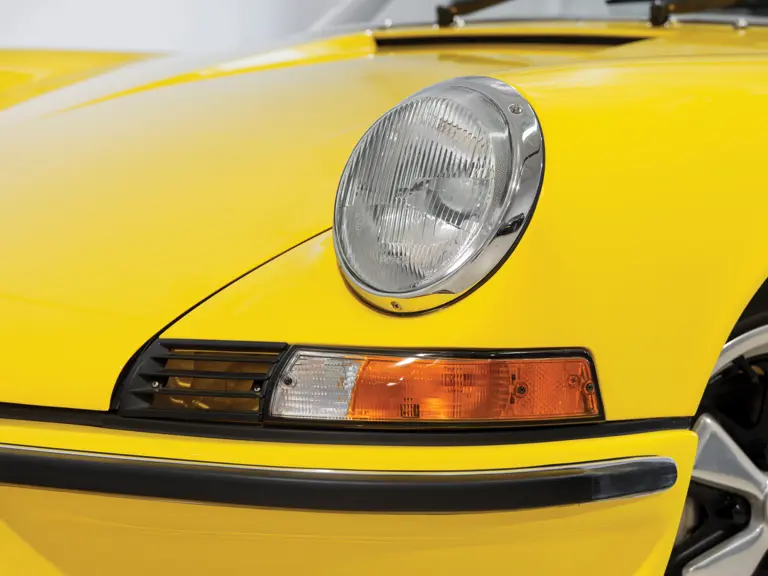
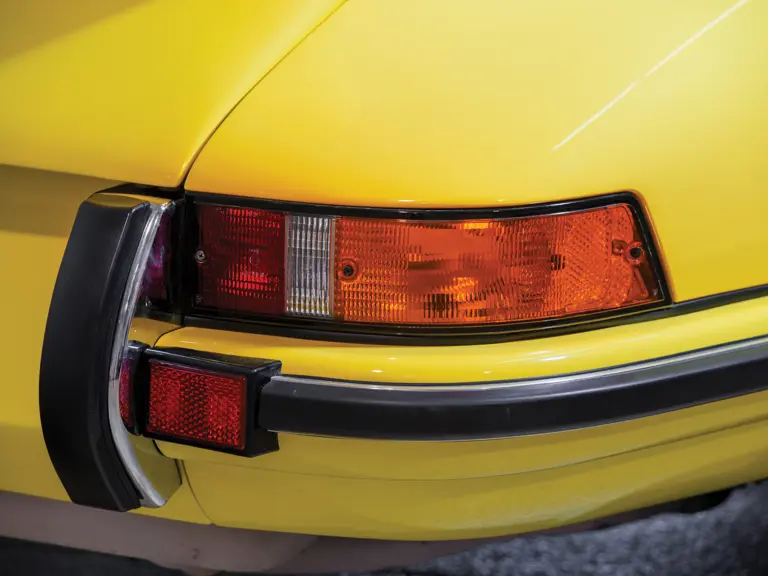
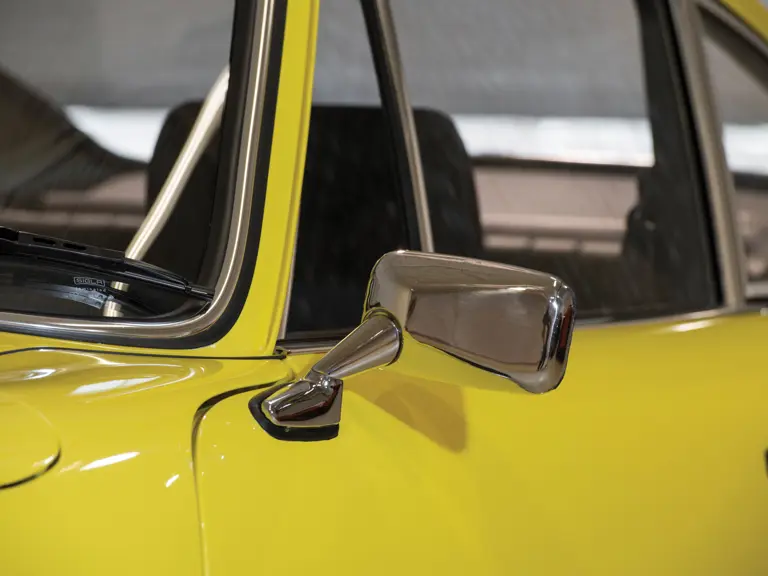

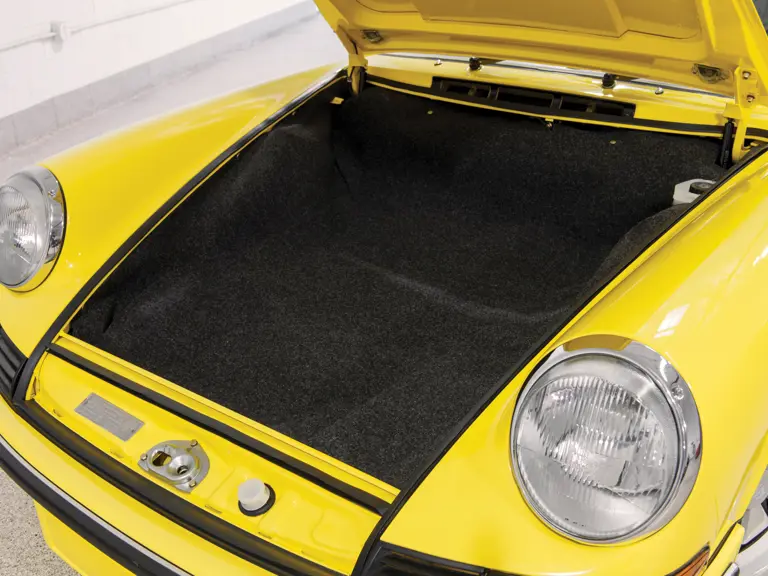
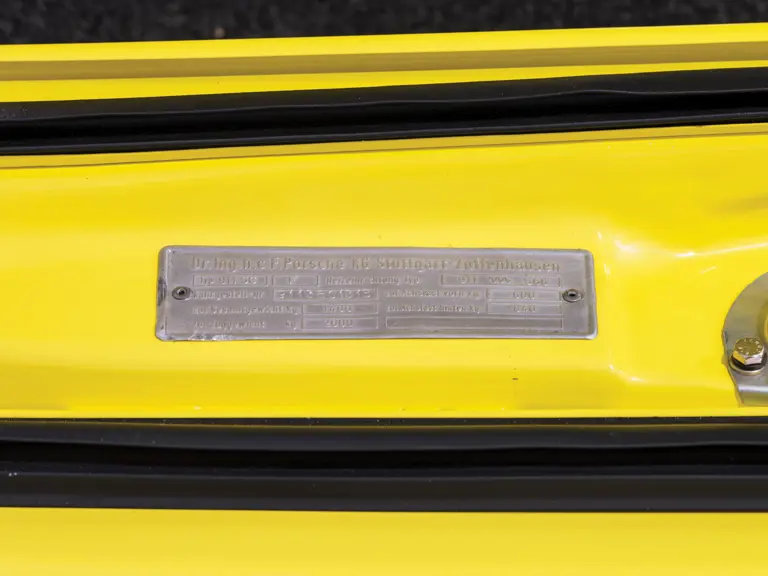
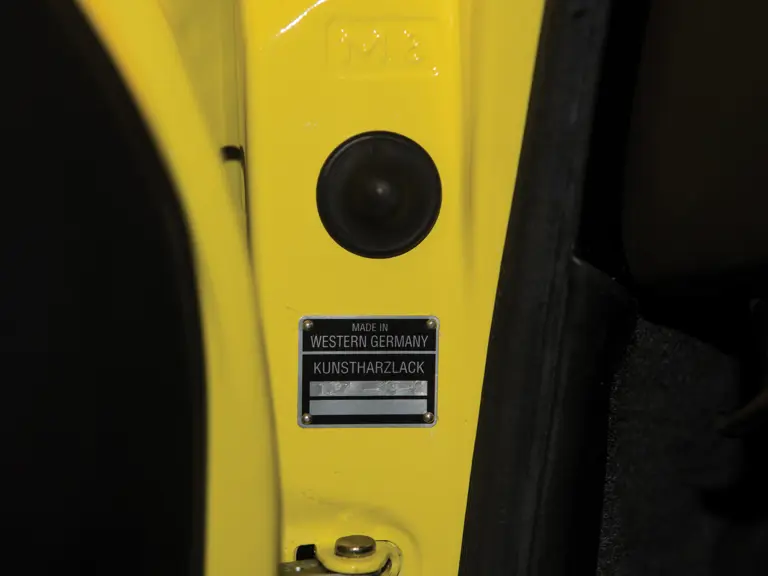

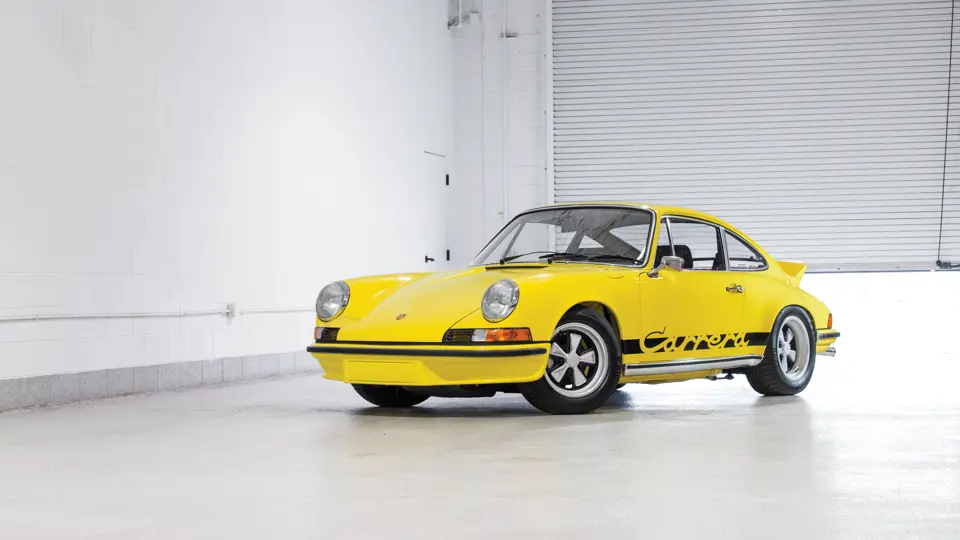
 | Amelia Island, Florida
| Amelia Island, Florida

